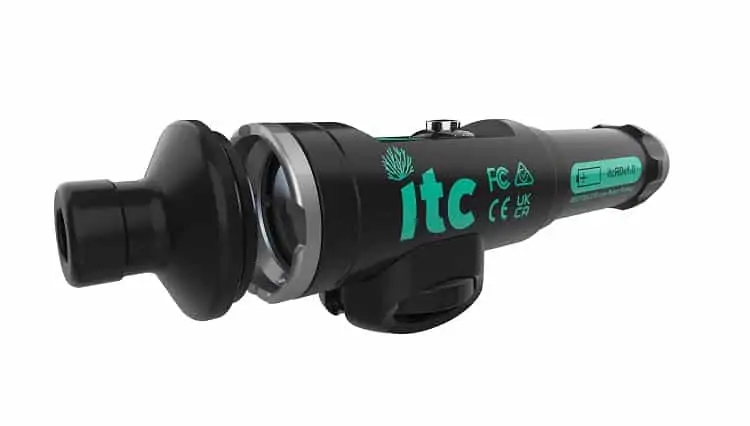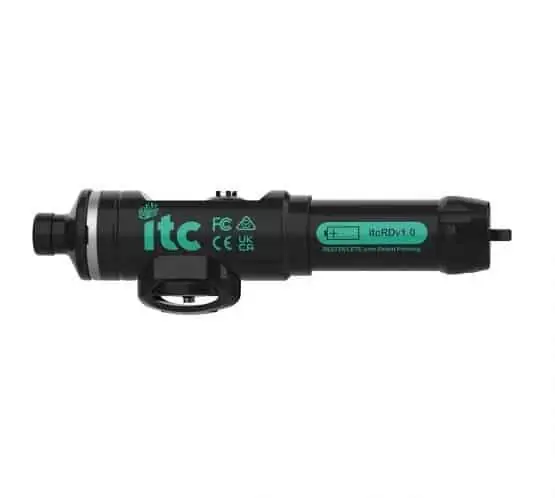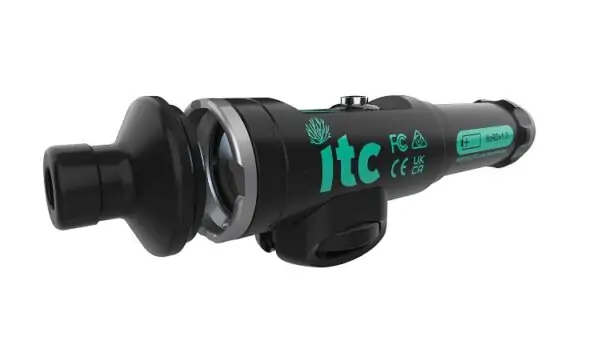ITC Reef Delete v1.02 – UV-C Pest Control Light
€359,95 Original price was: €359,95.€345,00Current price is: €345,00.
Reef Delete v1.02 is 1.7x stronger then the pervious version and is the ultimate touch up pen, to get rid of a pest, coral disease or to cleanse an area of nuisance algae or bacteria
Only 2 left in stock
ITC Reef Delete v1.02 – UV-C Pest Control Light is the ultimate reefing tool for pest and aquarium maintenance
ITC Reef Delete v1.02 offers a 1.7x power increase, delivering significantly more UVC. This enhancement results in faster, more effective outcomes for users. The operation remains straightforward; remember, the more UVC, the better.
Whether you are dealing with Aiptasia, algae, or flatworms, Reef Delete has you covered with its powerful UV-C beam.
The unique, proprietary wavelength targets the DNA within the cells of these organisms, halting their function and leading to a natural decay without any chance of return. All it requires is a single long exposure or multiple short exposures each day to inflict serious damage on the targeted pests.
What is great is that this process does not involve any chemicals and does not harm other inhabitants in your aquarium. Unlike chemical treatments, you cannot overdose Reef Delete on a targeted specimen. The more exposure you provide, the quicker the organism will break down. You can use it on as many pests as you like without worrying about disrupting your water chemistry. Feel free to get trigger happy!
Moreover, while there may be some comparisons to lasers, Reef Delete operates very differently. It is inherently safer because there is no risk of reflection and it is designed for in-tank use. The UV-C light ensures that pests break down due to DNA damage, causing catastrophic internal cell damage instead of merely burning or cutting them off, which can be easily repaired. This DNA damage is irreversible. You can read more below on maximizing efficiency.
Another significant advantage is the ability to use it inside the aquarium, allowing for better angles of attack compared to the limited “safe” angles associated with lasers.
The Reef Delete features high-quality custom-made ultra-narrow beam optics and a silica quartz outer lens—both UV-C grade for optimal transmission. This is all enclosed in a dive-proof quality CNC aluminum casing rated IP68. The special optics are what enable Reef Delete to penetrate deep into the target organisms.
To ensure safety, there is a built-in feature that prevents accidental activation outside of the aquarium, keeping both users and curious little hands protected. Reef Delete cannot be activated when out of water and will automatically shut down if removed while the power button is pressed.
Reef Delete is effective against all types of pests, including Aiptasia, Mojano, invasive Xenia, Zoanthids, Cyanobacteria, algae, flatworms, and many more soft-bodied organisms that can be troublesome in a reef tank. It is also capable of sterilizing surfaces within the aquarium.
Consider Reef Delete your ultimate touch-up tool for eliminating pests, addressing coral diseases, or cleaning up areas with nuisance algae or bacteria. It is perfect for preparing new frag plugs and cleaning coral bases. This is truly a tool for life.
How Reef Delete works?
Reef Delete employs patented technology combined with a custom-made ultra-focused Class 3 UV-C light source to effectively destroy the DNA inside aquarium pests. This process leads to their shutdown and natural decay without the possibility of return. All that is required is a single long or short daily exposure to inflict severe damage on the target organisms’ cells, all without the use of chemicals or causing harm to other aquarium inhabitants.
Unlike chemical treatments, you cannot overdose Reef Delete on a target specimen. The more exposure provided, the faster the organism will break down, and you can treat as many as you wish without concerns about disrupting your water chemistry!
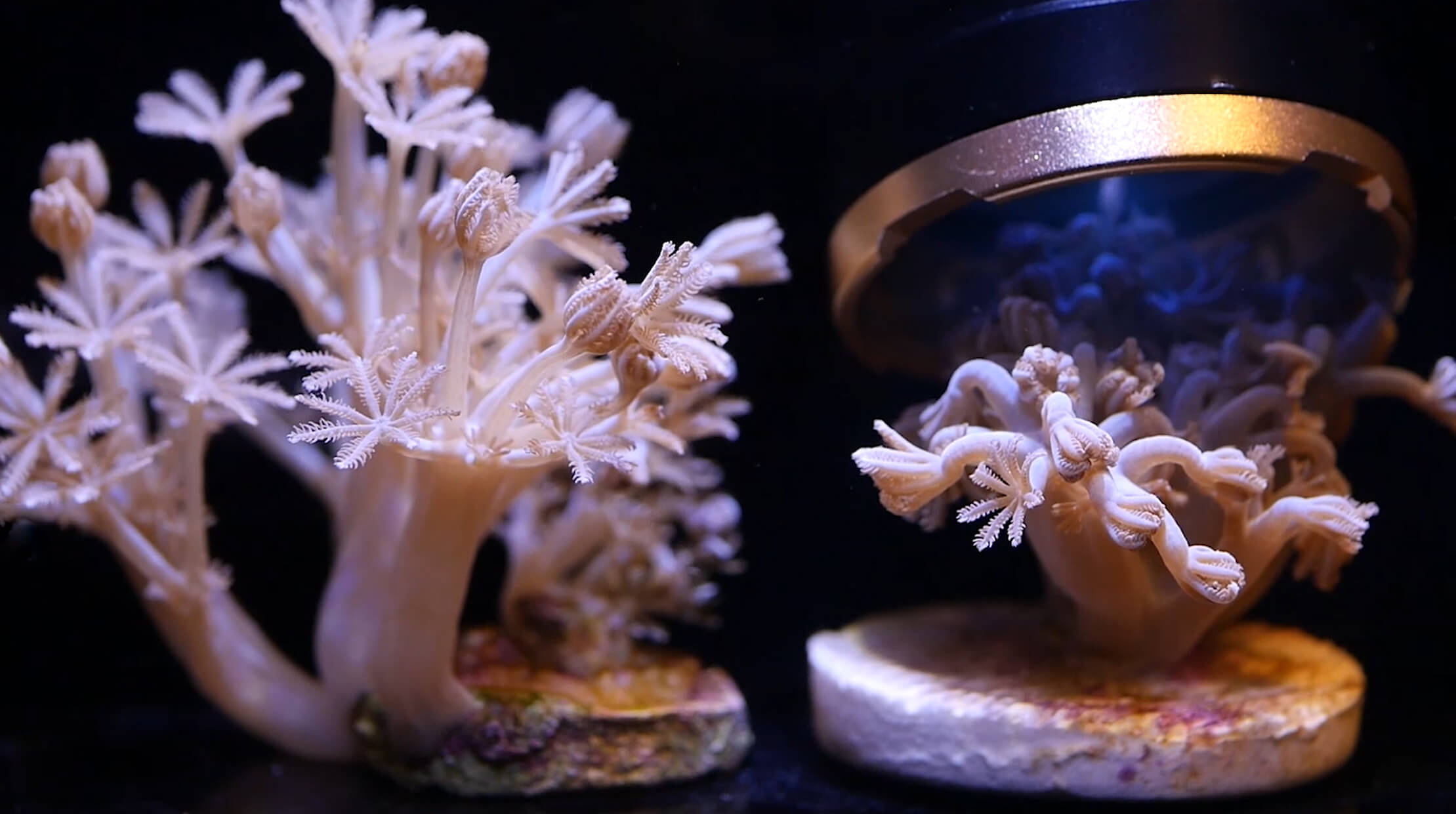
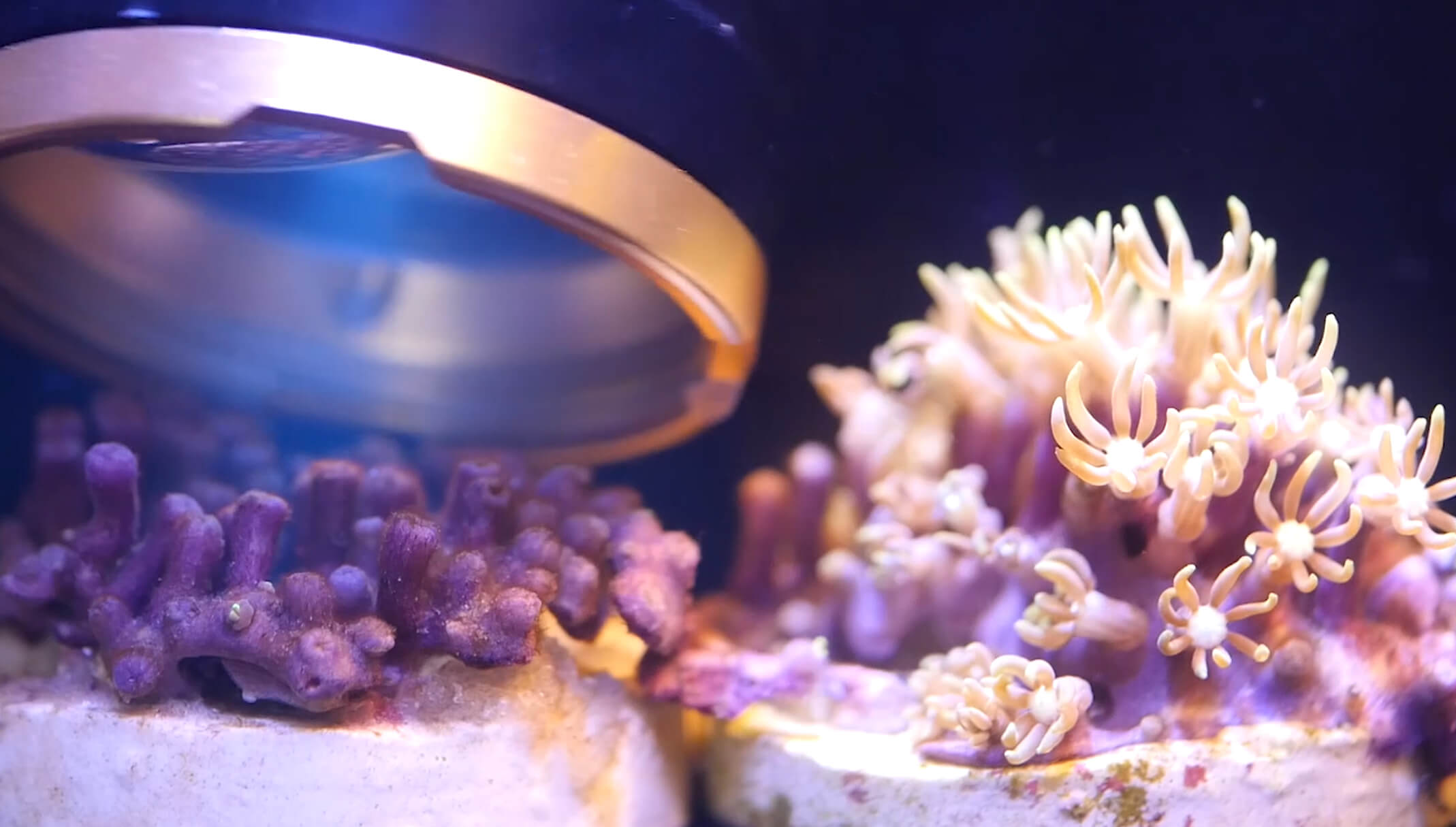
To ensure Reef Delete is safe and effective, it includes several built-in safety features to prevent accidental activation outside of the aquarium, thus protecting users from unintended UV-C exposure. Reef Delete can only be used underwater, as intended. The unit is equipped with various safety mechanisms that prevent unintentional activation and ensure deactivation if the unit is removed from water while the power button is still pressed.
| Weight | 2 kg |
|---|

